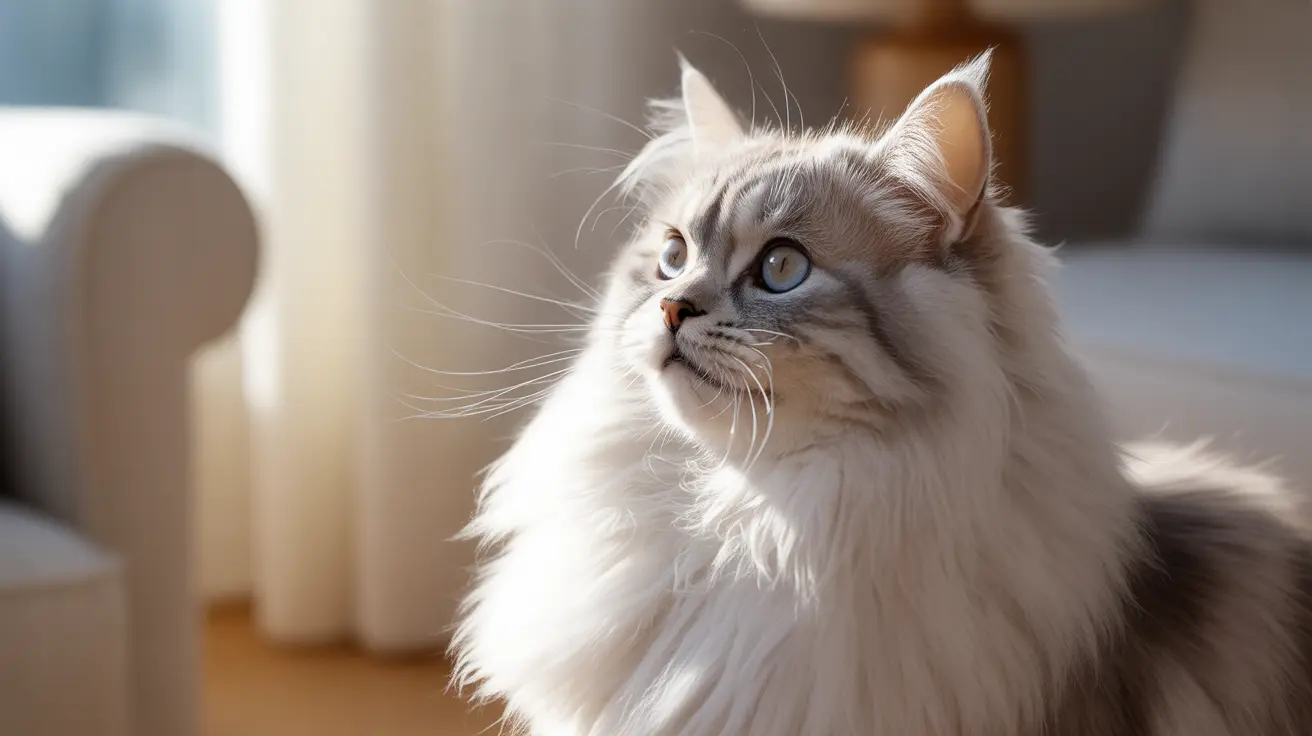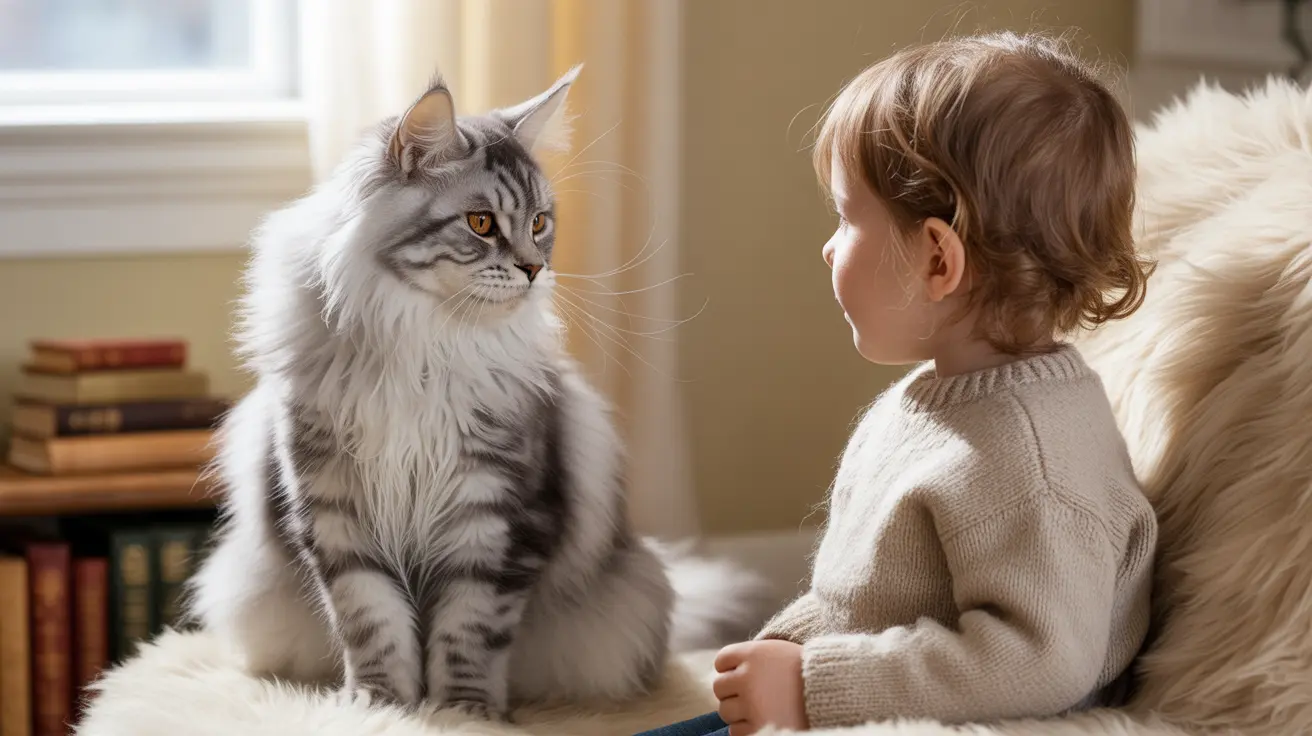If you've ever caught yourself chatting with your feline friend, you're not alone. Many cat owners regularly talk to their pets, but the question remains: do cats like when you talk to them? Scientific research reveals that cats not only recognize when their owners speak to them but often show distinct preferences for certain types of vocal communication.
Recent studies have uncovered fascinating insights into how cats process and respond to human speech, particularly when it comes from their owners. Let's explore the science behind cat-human communication and discover how to better connect with your feline companion through speech.
The Science Behind Cat-Human Communication
Research has shown that cats possess remarkable abilities to process human speech. They can distinguish their owner's voice from strangers and demonstrate clear responses to different types of vocal communication. Studies from prestigious institutions like the University of Tokyo have confirmed that cats respond more actively to their owners' voices than to unfamiliar voices.
What's particularly interesting is that cats have evolved to develop specific vocalizations solely for communicating with humans. Adult cats rarely meow at other cats, suggesting that this form of communication has been specifically adapted for human interaction.
How Cats React to Human Speech
When owners talk to their cats, several behavioral indicators show they're paying attention:
- Ear movements and twitching
- Head turning toward the sound
- Tail position changes
- Slow blinking responses
- Approaching behaviors
These responses are typically more pronounced when the speech is combined with visual cues like eye contact or gentle gestures. This suggests that cats process human communication most effectively when it involves multiple sensory inputs.
The Power of "Cat-Directed Speech"
Similar to how adults often use "baby talk" with infants, research shows that cats respond positively to what scientists call "cat-directed speech." This type of communication typically involves:
- Higher pitch than normal speaking voice
- Simplified vocabulary
- More emotional tone
- Slower pace of speech
Studies indicate that cats are more likely to respond to this type of speech when it comes from their owners, showing little interest when strangers attempt the same communication style.
Building Stronger Bonds Through Speech
Regular vocal interaction with your cat can strengthen your relationship in several ways:
- Creates predictable patterns of communication
- Establishes trust and security
- Provides mental stimulation
- Helps reduce anxiety in shy cats
- Reinforces positive behaviors
The key is consistency and paying attention to your cat's responses, adjusting your communication style based on their comfort level and engagement.
Best Practices for Talking to Your Cat
To make the most of your vocal interactions with your cat:
- Use your cat's name consistently
- Maintain a gentle, positive tone
- Combine speech with friendly body language
- Establish routine verbal cues for daily activities
- Respect when your cat needs space
- Keep interactions calm and predictable
Frequently Asked Questions
Do cats actually like it when their owners talk to them?
Yes, research shows that cats generally respond positively to their owners' voices, especially when the communication is gentle and accompanied by positive body language. They often show signs of recognition and attention through ear movements, head turns, and approach behaviors.
How do cats respond differently to "baby talk" versus normal speech from their owners?
Cats typically show more interest in "baby talk" or high-pitched, emotional speech from their owners. This type of communication, known as "cat-directed speech," often elicits stronger responses than normal conversational tones.
Can cats recognize their own name and distinguish their owner's voice from strangers?
Yes, studies have confirmed that cats can recognize their names and distinguish their owner's voice from others. They show more pronounced responses to their owners' voices compared to strangers, particularly in terms of orientation behaviors and attention signals.
What are the best ways to talk to my cat to build trust and strengthen our bond?
Use a gentle, consistent tone, combine speech with positive body language, maintain regular verbal routines, and respect your cat's boundaries. Speaking during positive activities like feeding or playtime can help reinforce the bond.
Why do cats sometimes ignore me even when I'm talking to them?
Cats are selective in their responses and may ignore speech if they're focused on other activities, feeling overwhelmed, or simply not in a social mood. This selective attention is normal feline behavior and doesn't necessarily indicate a lack of attachment.
Conclusion
Scientific evidence clearly shows that cats not only recognize but often enjoy when their owners talk to them, particularly when the communication is consistent, gentle, and paired with positive body language. By understanding and respecting your cat's communication preferences, you can build a stronger, more meaningful relationship with your feline companion.






